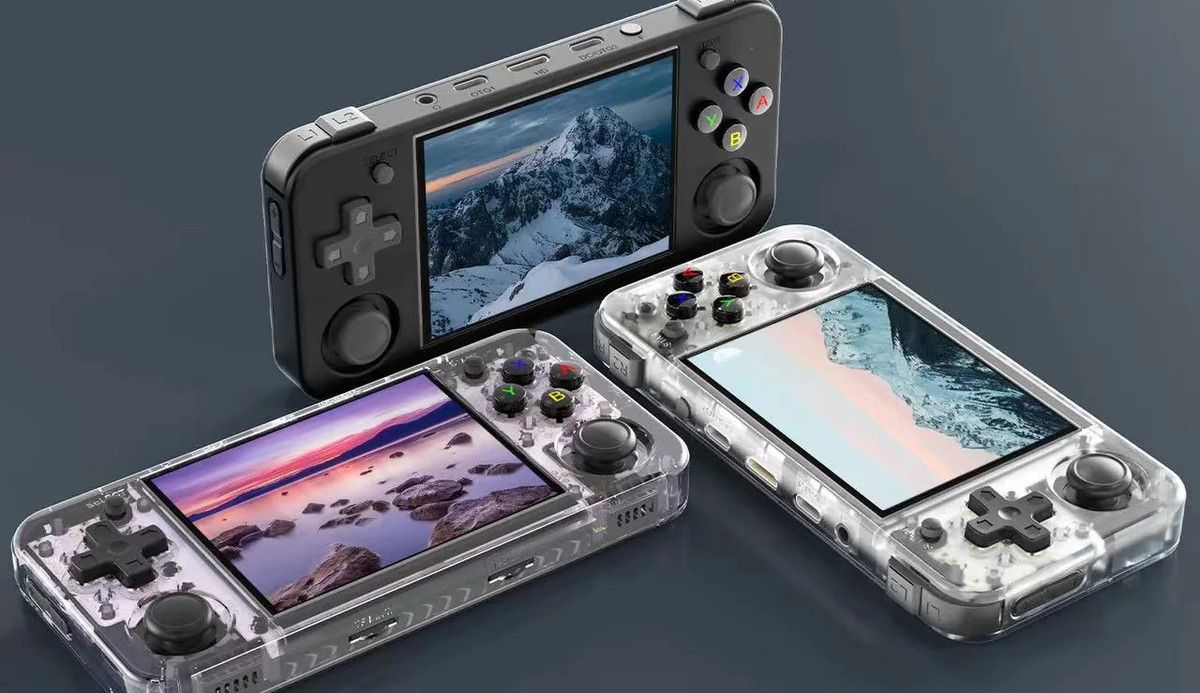Key Takeaways
- Low-quality handhelds often lack raw processing power, resulting in poor emulation and input delay.
- Look out for red flags such as pre-loaded illegal ROMs and lack of reviews or ratings on platforms like Amazon.
- To find good handhelds, rely on the retro gaming community and third-party information sources like YouTube. Established companies like Analogue offer high-quality options.
As retro gaming continues to grow in popularity, so do cheap handheld retro gaming consoles from brands you’ve never heard of. Many of these devices are not worth your time or money. Here’s how you can separate the wheat from the chaff.
How to Spot a Dodgy Handheld
While there is no way to definitively decide that a retro handheld isn’t worth buying just by looking at it, there are a few red flags that make it easier to spot a lemon.
First, if the handheld is being sold pre-loaded with unlicensed, illegal video game ROMs, it’s best to stay away. Not only are you running afoul of the law, but many dodgy handheld sellers will butter up potential buyers with promises of hundreds or thousands of retro games. In general, good retro handhelds will not contain any illegal software, and leave it up to you to source ROMs legally in line with the laws of your country or region.
If you’re using a platform like Amazon, another red flag is either that the handheld lacks any kind of review or rating, or that the reviews and ratings are vague and formulaic. Gamers generally aren’t afraid to let their feelings be known, so it’s reasonable to expect at least one or two in-depth reviews with photos by someone who was either burned or delighted with their purchase.
Branding is also important. Does the brand exist? Do they have a website? Do they make anything else? Is anyone discussing this brand? Often there’s one OEM device that’s simply rebranded with disposable brand names and dumped on the market to make a quick buck. You’ll get no support, no future updates, and no care for the quality of the product to begin with.
The final red flag is a price that’s just too low. While such handhelds are cheaper than ever since you don’t need a particularly powerful device to run most retro games, if someone’s selling a retro handheld for well under $50, it’s hard to see how it could be worth the purchase. At the very least, you’re looking at a severely compromised experience due to a poor screen, low-quality controls, and inadequate battery life.
What’s Wrong With These Devices?
If the red flags didn’t stop you from making that impulse purchase, you may not know how to tell if what you have in your hands is a good example of a proper retro handheld. The most important thing is that games run to a decent standard. Almost all retro handhelds use a method known as “emulation” to run games meant for retro consoles.
An emulator is a piece of software that tries to replicate the hardware of the original console virtually, tricking the game into “thinking” it’s on the original hardware. Emulation is rarely perfect, but for it to work well enough you’ll need enough raw processing power and a decent quality emulator. The biggest problem with these handhelds is that they frequently lack raw processing power.
The emulators are almost always open-source packages that work well, and even if the handheld ships with bad emulation there’s often a way to replace those emulators with better ones. However, a weak CPU and GPU are forever, and you might find games running at poor frame rates, or with choppy sounds.
The second major issue you’ll run into is input delay, or the time between pressing a button and seeing the game react on-screen. This is related to processing power and emulation quality as well, but in truth, everything from the controller to the screen and even the operating system can result in awful input delay.
The nature of emulation means that some input delay is inevitable, but a good system will only add a few milliseconds you can’t perceive. With many of these poor-quality cheap handhelds, the input delay is severe enough to make retro games unplayable. Especially those that require precise timing, which is a lot of them!
A cheap, blurry screen with lots of ghosting will negatively impact the overall experience. Look for a device with an IPS LCD, which should offer great colors and crisp motion. Likewise, the controller should have clicky, responsive feedback, and all of your inputs should be translated precisely to the game.
How to Find the Good Stuff
An ounce of prevention is better than a pound of cure, and it’s better if you can avoid buying a bad handheld to begin with. The good news is that there’s a vibrant community built around retro handhelds, so it’s not hard to find third-party information about a handheld you’re interested in, or which ones are best to buy.
YouTube is a fantastic asset here, and many respected retro gamers buy and review virtually every retro handheld that’s even mildly interesting. Top example include Wulff Den and BeatEmUps, but there are plenty to choose from. Even better, we’ve compiled a roundup of the best retro handhelds to get you started.
There are also several established companies that specialize in these devices, like Analogue who stand out by using FPGA rather than software emulation, and you can even use legal original game cartridges. This does come at a stiff price, but companies like Anbernic and Retroid offer more cost-effective solutions.


